Bachelor exchange in Buenos Aires
Today the three-week course has already come to an end, and as to celebrate this we had dinner at the lively steakhouse Las Cabras tonight. During dinner we had the opportunity to evaluate the intensive Argentine Culture and Language course, and we came to the conclusion that we had learned a lot.
Our teacher Maria put the focus more on culture instead of language, which brought about both advantages and disadvantages.
• The former, because Maria is a real porteña (a person from the port city of Buenos Aires) and thus had many interesting stories to tell. Just by paying attention, we were bound to pick up information and acquire a lot of knowledge about the local culture and its history. She was more than willing to communicate what she knows to any serious, sincere student who asked.
• The latter, because Maria was overly talkative and we thus didn’t get the chance to truly improve our Spanish speaking skills in-class. We did repeat some grammar and by listening we learned a lot of vocabulary (including local curse words), but we didn’t have sufficient time to practice.
Still, I certainly enjoyed the course as it was really varied. We learned about the local music by outside guest speakers/musicians, and about the local history by our guides for the two walking tours we did. The first one went through the historical heart of Buenos Aires, and the second one through Parque de la Memoria. This public park is located along the coastline of the Rió de La Plata river and was established as a place for memory. In the Monument to the Victims of State Terrorism are engraved the names of the persons who disappeared during the repression carried out by the state. Argentina’s military rulers murdered upwards of thirty thousand citizens between 1969 and 1983. Representing those victims, the monument contains thirty thousand blocks of stone of which more or less nine thousand are engraved with names.
The tour was really impressive, and I am glad we took the time to visit this memorial and become aware of the horror executed by the state. The park was peaceful, as it combined the force of the monument with the tranquility of the river in the background. It even allowed us to stay a little longer, and appreciate the quiet place in the loud city!
Jan Ko
11 chapters
15 Apr 2020
Curso de Lengua y Cultura
July 31, 2015
|
Buenos Aires
Today the three-week course has already come to an end, and as to celebrate this we had dinner at the lively steakhouse Las Cabras tonight. During dinner we had the opportunity to evaluate the intensive Argentine Culture and Language course, and we came to the conclusion that we had learned a lot.
Our teacher Maria put the focus more on culture instead of language, which brought about both advantages and disadvantages.
• The former, because Maria is a real porteña (a person from the port city of Buenos Aires) and thus had many interesting stories to tell. Just by paying attention, we were bound to pick up information and acquire a lot of knowledge about the local culture and its history. She was more than willing to communicate what she knows to any serious, sincere student who asked.
• The latter, because Maria was overly talkative and we thus didn’t get the chance to truly improve our Spanish speaking skills in-class. We did repeat some grammar and by listening we learned a lot of vocabulary (including local curse words), but we didn’t have sufficient time to practice.
Still, I certainly enjoyed the course as it was really varied. We learned about the local music by outside guest speakers/musicians, and about the local history by our guides for the two walking tours we did. The first one went through the historical heart of Buenos Aires, and the second one through Parque de la Memoria. This public park is located along the coastline of the Rió de La Plata river and was established as a place for memory. In the Monument to the Victims of State Terrorism are engraved the names of the persons who disappeared during the repression carried out by the state. Argentina’s military rulers murdered upwards of thirty thousand citizens between 1969 and 1983. Representing those victims, the monument contains thirty thousand blocks of stone of which more or less nine thousand are engraved with names.
The tour was really impressive, and I am glad we took the time to visit this memorial and become aware of the horror executed by the state. The park was peaceful, as it combined the force of the monument with the tranquility of the river in the background. It even allowed us to stay a little longer, and appreciate the quiet place in the loud city!
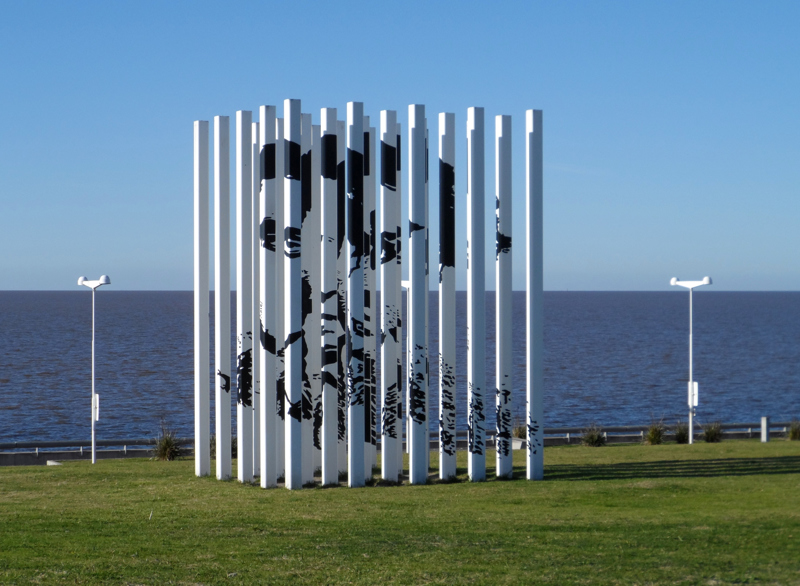

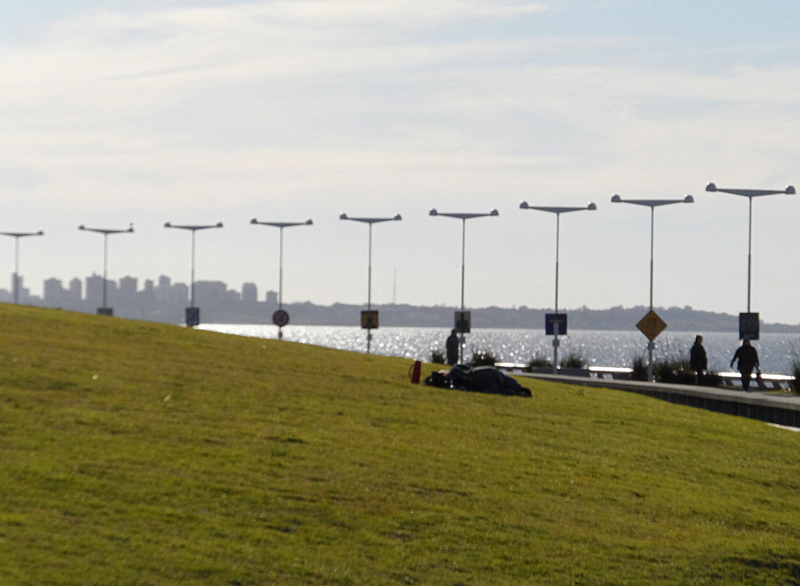

The first three weeks before the start of the official semester have given us just enough time to gradually accustom to the Argentinian lifestyle and the city. Small things here can really deplete our energy, such as being packed in the metro like a box of sardines for half an hour or simply communicating in another language all day long. I can tell, our minds have had to process a tremendous amount of new information. And, this hasn’t happened without trial and error, which consumed even more energy. Thankfully, adapting to a new environment and doing this together with a group of people from all around the world really created a special bond.
Having fun is on top of my full agenda! Thus, last weekend we planned a visit to neighbourhood la Boca which is famous for La Bombanera, the stadium of Boca Juniors, and its colourful artists’ street El Caminito.
La Boca was originally the first harbor in Buenos Aires. It used to be a place where many Italian immigrants would settle down to build their houses. They proudly brought their identity here, and one of their old traditions was to paint the outside of their homes with the leftover paint from the shipyard as nothing else was available or could be afforded. However, they took things one step further in La Boca, and actually built the houses almost completely from materials found or discarded in the shipyard.
The neighbourhood’s most famous street, El Caminito, was surprisingly little. It was never going to win any awards for size, as it is less than 100 meters long, but then Buenos Aires claims to already have those in the pocket. Avenida 9 de Julio for world’s widest street and Avenida Rivadavia for world’s longest. Nonetheless, El Caminito certainly made up for its shortness with its amazing colours!
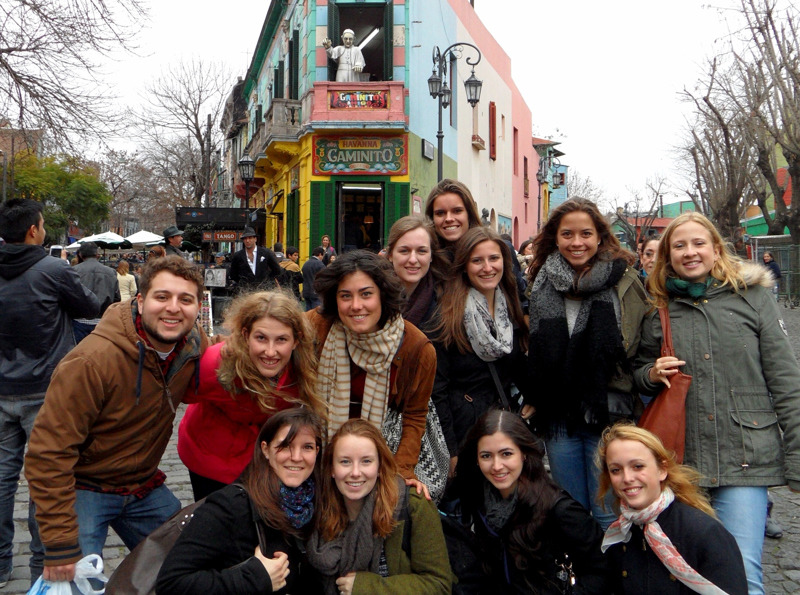
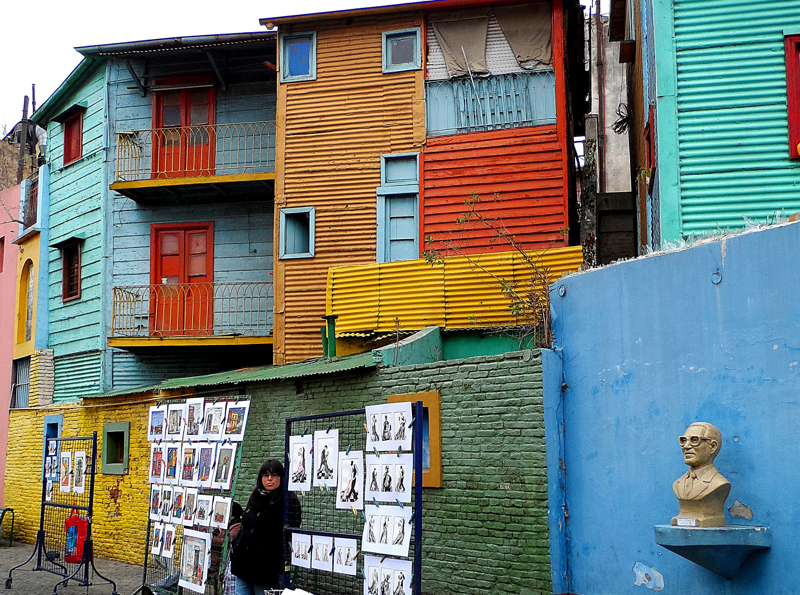
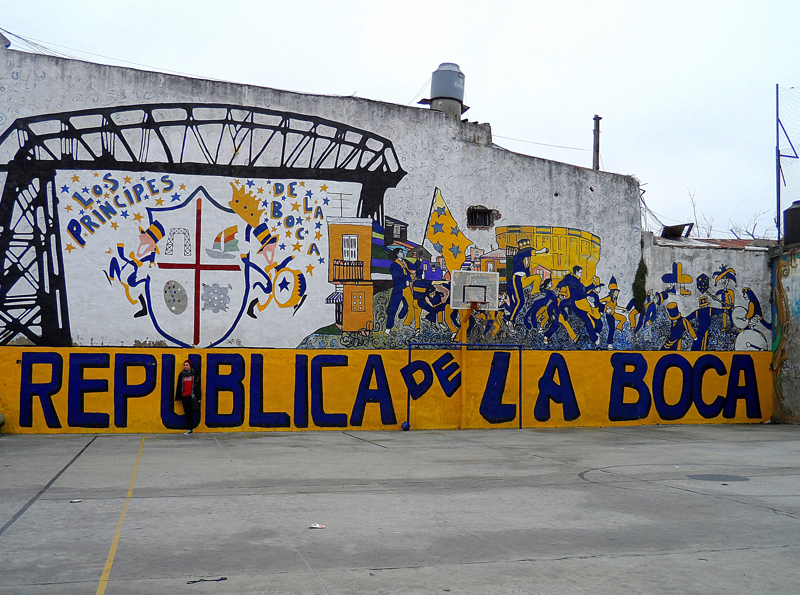
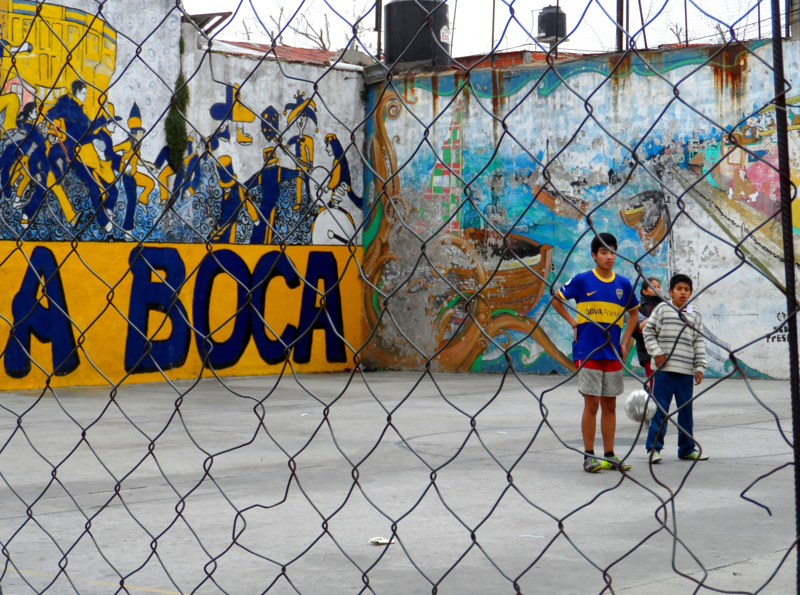
Share your travel adventures like this!
Create your own travel blog in one step
Share with friends and family to follow your journey
Easy set up, no technical knowledge needed and unlimited storage!